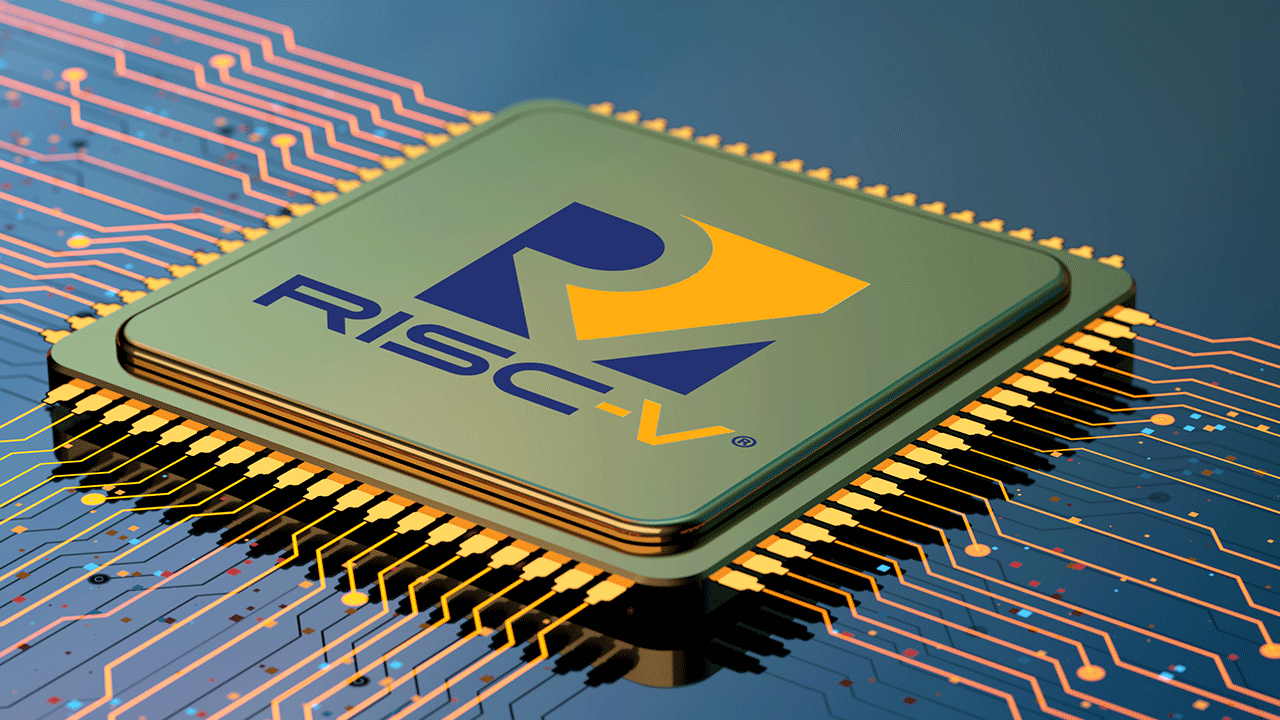
Come potete vedere, l'Enhanced Halt Mode fa la differenza. Solo 23W di dissipazione termica in modalità idle rende il P4-570 più splendente del vecchio P4-560 con i suoi 38W.
Da notare i buoni risultati ottenuti con gli ultimi modelli AMD da 90 nm Winchester, considerando che non sono più lenti rispetto i modelli di punta Intel, in termini di prestazioni con i video giochi.

A carico massimo, il nuovo P4 adempio il suo destino, raggiungendo il valore massimo di dissipazione termica. Ancora una volta, è interessante notare il risultato che AMD ha ottenuto con i 90 nm; il massimo carico con causa un surriscaldamento eccessivo del chip.


